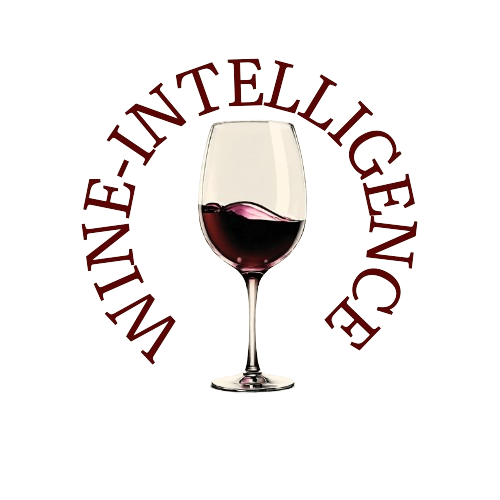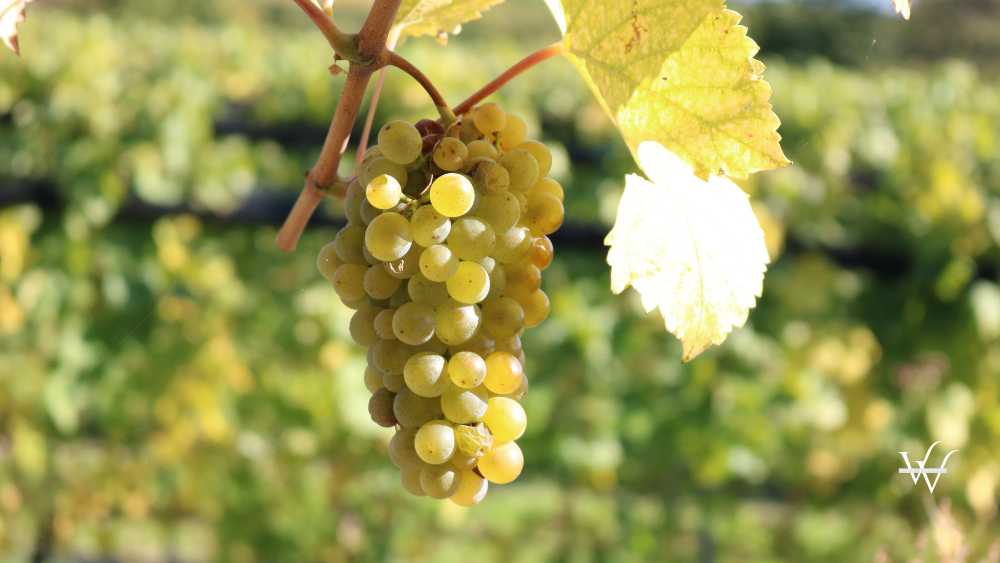The Wagram wine region, located in Niederösterreich (Lower Austria), is a treasure trove for wine enthusiasts, boasting a rich history and a diverse array of wines.
This region is unique due to its division into two distinctly different zones: the northern part, characterized by the expansive Wagram terrace, and the southern part, home to the Tulln Basin and the historic wine-growing town of Klosterneuburg.
These areas offer varied terroirs that contribute to the region's diverse wine profile, from aromatic whites to robust reds and elegant sweet wines.
The Northern Zone: Wagram Terrace
The northern zone of the Wagram wine region lies directly east of the Kamptal and extends approximately 30 kilometers eastwards. This area is defined by a uniform geological and climatic profile, which provides ideal conditions for vinification. The substratum here consists of alluvial gravels and sedimentary marine deposits, covered by a layer of loess—fine, calcareous silt deposited during the ice ages. This loess is crucial in shaping the landscape and imparting a unique character to the wines.
From the 2021 vintage onwards, wines that reflect the region's typical characteristics can be labeled as “Wagram DAC” (Districtus Austriae Controllatus), indicating a quality and origin designation. The loess soils are particularly beneficial for white wines, which are known for their subtle spiciness and rich aroma. Leading red wines from the region include varieties such as Zweigelt, Sankt Laurent, and Blauburgunder, which are noted for their depth and complexity.
The Southern Zone: Tulln Basin and Klosterneuburg
South of the Danube, the Wagram wine region encompasses the Tulln Basin and the historic town of Klosterneuburg, which is renowned for its long-standing viticultural tradition. This area benefits from a different geological composition, with vineyards planted on flysch rocks containing varying amounts of lime, interspersed with loams and other sedimentary deposits. This unique terroir contributes to the distinctive flavors of the wines produced here.
Klosterneuburg is notable for housing the Höhere Bundeslehranstalt für Wein- und Obstbau, the world’s first school of viticulture, established in 1860. The town is also home to the Klosterneuburg Abbey, one of Austria's largest and oldest privately owned wineries. The abbey, along with numerous family-run Heurige taverns and larger Sekt producers, underscores the town's pivotal role in the region's wine culture.
Wine Classification and Key Varieties
The Wagram wine classification system follows a structured hierarchy, reflecting the increasing specificity of origin and quality:
- Gebietswein (Regional Wine): This category includes a wide variety of grapes such as Chardonnay, Grüner Veltliner, Riesling, and Zweigelt. These wines can be monovarietal, cuvée blends, or Gemischter Satz (field blends).
- Ortswein (Village Wine): These wines must be monovarietal, including varieties like Grüner Veltliner, Roter Veltliner, and Riesling. Rosé or blanc de noirs wines are not permitted under this designation.
- Riedenwein (Single-Vineyard Wine): This top-tier category showcases the region’s best Grüner Veltliner, Roter Veltliner, and Riesling wines, which are renowned for their depth, elegance, and aging potential.
The region's flagship white varieties, Grüner Veltliner and Roter Veltliner, excel in the loess soils, producing wines with rich body, spiciness, and excellent drinkability. Riesling from Wagram is celebrated for its intense fruit notes and balanced acidity.
Geology and Terroir
The loess-dominated northern zone features soils that cover a substratum of crystalline rock, marine deposits from the Molasse zone, and glacial terrace gravels. This geological composition is essential for the aromatic and structured wines of the area.
In contrast, the southern zone, particularly around Klosterneuburg, is characterized by flysch rocks with layers of sandstone, siltstone, claystone, and marl. These soils contribute to the distinct minerality and complexity of the wines.
Culinary Pairings
Wagram wines are versatile and can complement a wide range of dishes. The white wines, with their bright fruit and spiciness, pair well with robust vegetable dishes, Wiener Schnitzel, and meat patties. They also enhance Mediterranean delicacies such as vitello tonnato, ravioli, and gyros, and can even handle the bold flavors of spicy curries and kimchi.
Source: ÖWM

